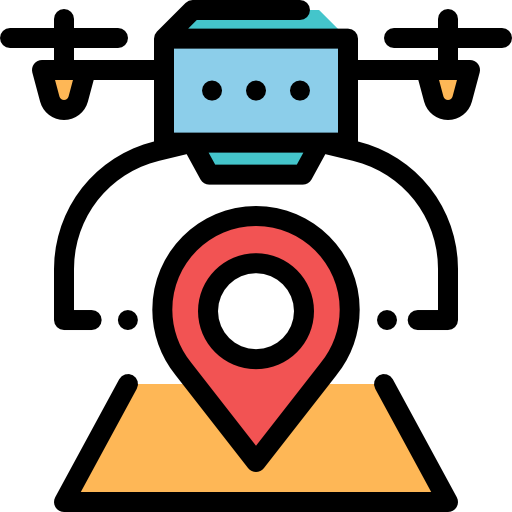
Archaeology
Drone photogrammetry is a fast and precise method for detailed and comprehensive mapping of archaeological sites. It also helps minimize potential damage to artifacts since it doesn’t require invasive excavations. Our drones are equipped with advanced cameras and can be used to map archaeological sites of all sizes, even in hard-to-access areas. We work closely with archaeologists to ensure that the 3D models we create meet the research project’s requirements.
Ground-penetrating radars are essential for detecting buried ruins, cavities, tunnels, galleries, and delineating archaeological sites.Contact us »
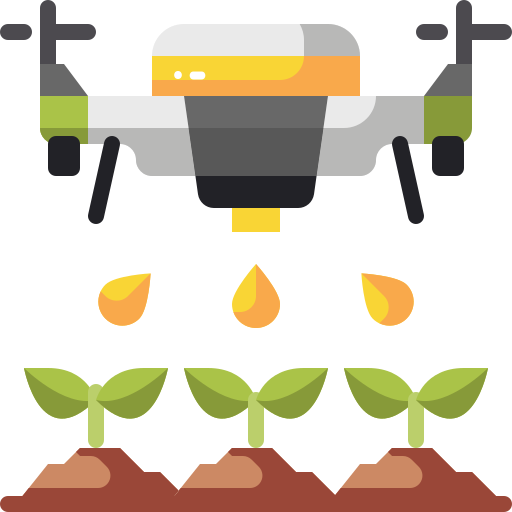
Agriculture
The use of drones in agriculture can also improve productivity and reduce costs by enabling more efficient crop management. Our drones can quickly and easily cover large areas, providing a cost-effective solution for large-scale monitoring projects. Moreover, the use of drones in agriculture can help reduce the environmental impact of farming practices by enabling more precise use of resources such as water and pesticides. Our drones are piloted by certified and experienced professionals who can provide precise aerial monitoring and mapping services for farms of all sizes.
Contact us now to learn more about the benefits of using drones in agriculture and how we can help optimize the management of your crops.Contact us... »
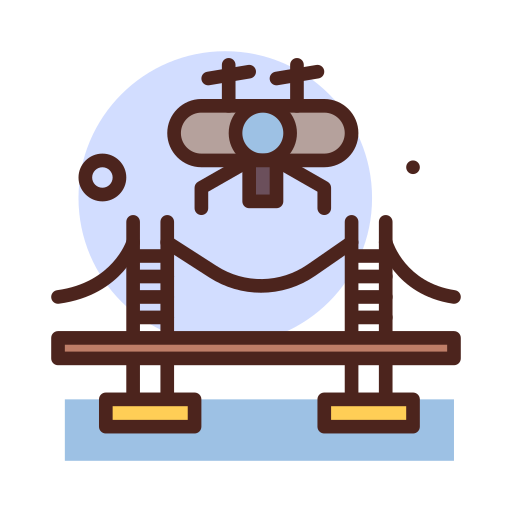
Civil engineering
The use of ground-penetrating radar allows for identifying soil anomalies, cavities, and other underground obstacles, optimizing the planning and execution of construction projects. Georeferencing, on the other hand, allows for creating precise maps of the topography and elevation of the terrain, which can be useful for designing structures and optimizing drainage plans.
The use of drones equipped with ground-penetrating radar and georeferencing also helps reduce construction costs and timelines by enabling continuous monitoring and precise assessment of work progress. Our drones are piloted by certified and experienced professionals who can provide aerial surveillance and inspection services for construction projects of all sizes.
We work closely with engineers and contractors to ensure that our services meet their specific needs.
Contact us to learn more about the benefits of using drones equipped with ground-penetrating radar and georeferencing in civil engineering, and how we can help optimize your construction projects.Contact us... »
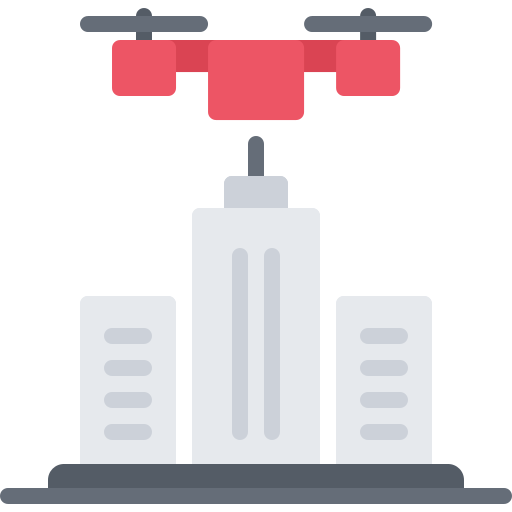
Architecture
The use of drones in architecture offers significant advantages for professionals in the industry. Here are some of the most important benefits:
- Accurate mapping and topography: Drones equipped with high-resolution cameras can map complex construction sites and capture detailed images of surrounding elements, providing precise data on topography, vegetation, and geometry. This allows architects and engineers to better understand the site and design projects based on environmental constraints.
- 3D visualization: The images collected by drones can be used to create detailed 3D models of construction sites, enabling architects and engineers to realistically visualize the site, better understand site constraints, and effectively communicate with stakeholders.
- Inspection and surveillance: Drones can be used to inspect roofs, facades, and building structures, enabling the detection of construction defects, damages, and weaknesses. They can also be used to monitor the progress of construction, which can help reduce costs and construction timelines.
- Time and cost savings: The use of drones can help save time and money by reducing costs associated with manual inspections and enabling more frequent and quicker inspections.
- Improved safety: Drones can be used to inspect hazardous or hard-to-reach areas without endangering human lives, thereby enhancing safety on construction sites.
In summary, the use of drones in architecture offers significant benefits, including precise mapping and topography, 3D visualization, more efficient inspections and surveillance, time and cost savings, and improved safety. Architects and engineers who integrate the use of drones into their work can expect higher quality design, greater efficiency, and a competitive advantage in the market.

Topography
They are also used for terrain planimetry or motion control, and for precise measurements in the study of mines, quarries, and various hard-to-access areas. Les photographies aériennes sont essentielles pour la création de plans (cadastraux, topographiques, parcellaires), ainsi que pour la réalisation de modèles 3D de zones archéologiques, terrains de construction, bâtiments, monuments, zones étendues, montagneuses, ponts et architectures suspendues. Toutes ces données sont souvent rassemblées en un nuage de points pour une définition précise allant jusqu’au centimètre voire au millimètre près.
D’autres techniques récentes qui offrent de nouvelles possibilités aux géomètres et topographes incluent le scanner laser 3D, qui est un outil parfait pour la capture d’environnements en trois dimensions. It allows for precise gathering of information about the shape and potentially the appearance (dense point clouds, color, texture…). The data collected, along with the captured shots, can then be used to construct three-dimensional synthetic images (digital objects) for various purposes: creating cross-sectional plans, elevations, and measurements with no margin of error.Contact us... »
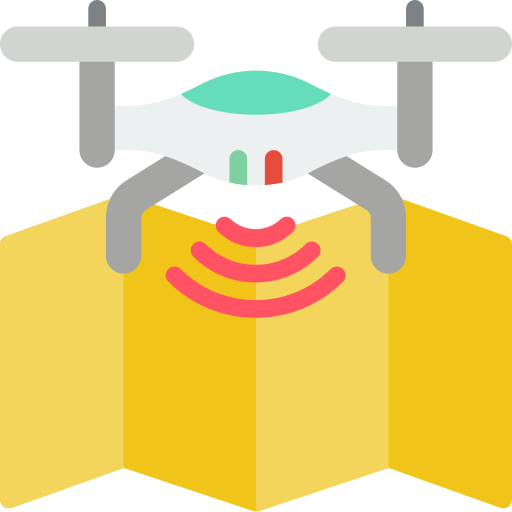
Mapping
It is widely used by municipalities because it provides more precise results than traditional maps and is more easily recognizable on the ground, allowing for the identification of objects and elements not typically found on maps.Contact us... »
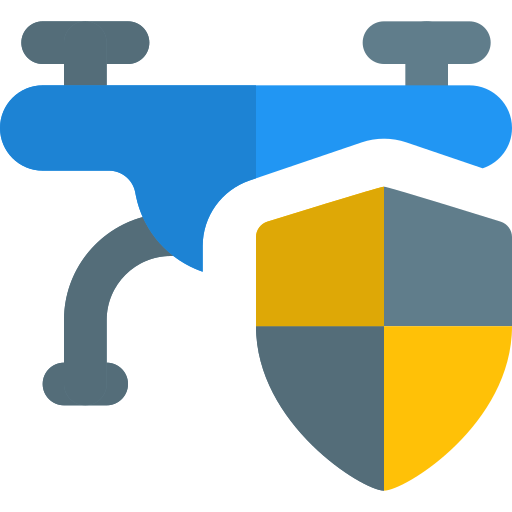
Surveillance and security
Furthermore, in case of severe weather or natural disasters, drones help establish photographic evidence of material or human damage through assessment. They also assist in forest fire monitoring, complementing existing aerial resources. It also allows for pinpointing hotspots during a fire, identifying priority protection zones, locating people trapped in the fire for urgent rescue, and monitoring infrastructure. This reduces mission time, human exposure to risk, and enables surveillance of large buildings to detect leaks, water infiltration points, pipeline breaks, and conductivity issues.Contact us... »
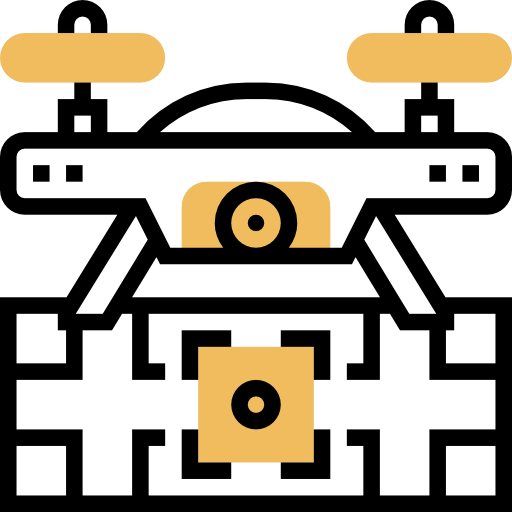
Urban planning
- Rapid and precise data collection: Drones equipped with high-resolution cameras, LiDAR scanners, and other sensors can gather topographic data, aerial images, and environmental information quickly and accurately. The data can then be used to create maps, 3D models, development simulations, and much more.
- Improvement in planning: Data collected by drones can help urban planning professionals better understand terrain features, existing infrastructure, and environmental constraints. This allows for more precise and efficient planning of land use and development.
- Cost reduction: Drones provide a less expensive alternative compared to traditional methods of acquiring aerial data. They can collect data more quickly and efficiently, thereby reducing labor and equipment costs.
- Better visualization: Data collected by drones can be used to create more precise 3D models and visualizations of terrain and infrastructure. This allows urban planning professionals to better visualize projects and make more informed decisions.
- Environmental respect: Drones can collect topographic and environmental data without disturbing natural habitats or damaging ecosystems. This allows urban planning professionals to better understand the potential environmental impacts of their projects and make more sustainable decisions.
In summary, the use of drones in urban planning offers significant advantages in terms of speed, precision, cost-effectiveness, visualization, and environmental sustainability. Urban planning professionals who integrate the use of drones into their work can expect higher quality data collection, greater efficiency, and improved project planning, which can result in substantial benefits.Contact us... »
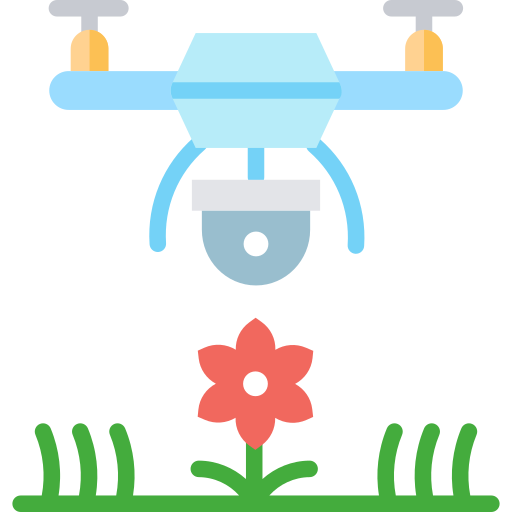
Environment
The use of drones in environmental applications is a rapidly growing trend, offering numerous benefits to professionals working in the field of environmental science and management:
- Rapid and precise environmental monitoring: Drones equipped with specialized sensors can collect environmental data such as air quality, water temperature, vegetation coverage, and the presence of animal species. The data can then be used for environmental studies, environmental impact monitoring, or biodiversity measurements.
- Infrastructure Surveillance: Drones can be used to monitor critical infrastructure such as dams, bridges, pipelines, and roads. Drones equipped with thermal sensors and cameras can detect cracks and other signs of deterioration before they become critical, allowing for preventive maintenance rather than corrective measures.
- Natural disaster monitoring: Drones can be used to monitor areas affected by natural disasters, such as hurricanes, wildfires, floods and earthquakes. Les données collectées par les drones peuvent aider à évaluer les dommages, à localiser les victimes et à coordonner les efforts de secours.
- Reducing Health and Safety Risks: Drones can be used to perform hazardous tasks such as inspecting high-rise infrastructure, sampling air in contaminated areas, detecting toxic gases, and more. Drones can reduce health and safety risks to workers by preventing their direct exposure to potentially hazardous environments.
- Environmentally friendly: Drones can collect environmental data without disturbing natural habitats or damaging ecosystems. This allows environmental professionals to better understand the potential environmental impacts of their projects and make more sustainable decisions.
In sum, the use of drones in the environment offers considerable benefits in terms of speed, precision, safety and environmental sustainability. Environmental professionals who integrate the use of drones into their work can expect higher quality data collection, greater efficiency and better project planning.
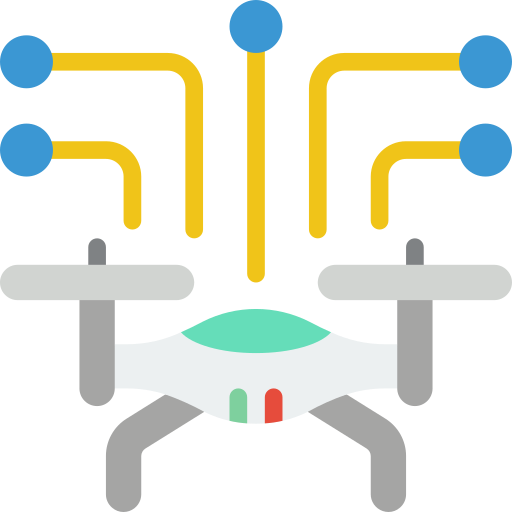
Networks
They also allow location based on civic addresses, transportation planning, development of evacuation plans, site selection, planning and distribution of vehicle flows, accident location, route selection, road management, vehicle fleet management with GPS, hydraulic network management and marketing management (geographical position and public company).Contact us... »



